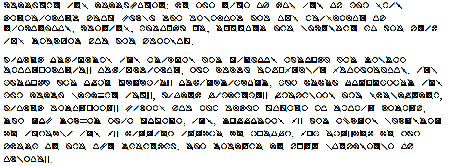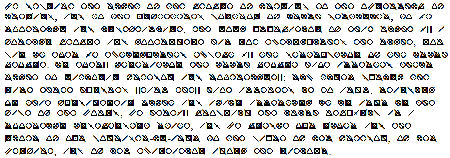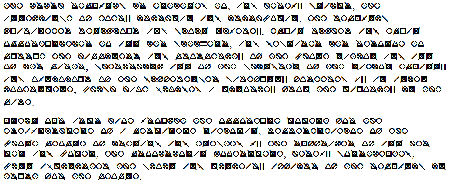I spent some time last week at a professional conference. For the most part it was a relatively valuable use of my time, but there were significant portions of time where I was stuck sitting in a room with lots of people while a particularly boring speaker was presenting. I was without a computer–the conference expressly frowned on bringing one into the hall–so all I had to amuse myself was the notebook the conference had provided, and a pad of paper that the hall had provided.
Since I had recently been reading about the Oak Island thing, the notion of simple substitution ciphers using graphics–and how simple they are to decode for anyone with any small interest–was in my head.
So, I thought it would be funny to whip up my own simple graphic substitution cipher, and leave encoded notes behind whenever I changed seats between sessions. Since the audience was entirely composed of highly technical people with solid analytical skills, it seemed likely that anyone sitting down would recognize that there was a coded message, and would be able to decrypt the code with a little effort. So, part message in a bottle, part altruism–giving the other attendees something to distract them for a few minutes during boring sessions.
When I got back I dropped into FontStruct and whipped up a font mapping the symbols from my cipher, so that I could easily generate messages. (Boy, I love that FontStruct.) I’m tempted to print out a couple of pages of coded messages–maybe Zen koans–and leave them around the city in an act of benevolent surrealism (like the physics warnings).
Hence the last message–it was slightly more tricky than most substitutions because it was a small sample of ciphertext and not in English, but on the other hand the punctuation was a pretty broad clue to that.
After the jump, a bigger sample–four parts of one document (in English), which should make it possible for anyone with a bit of nerd puzzle fascination to figure it out.






2 comments for “Explanation”